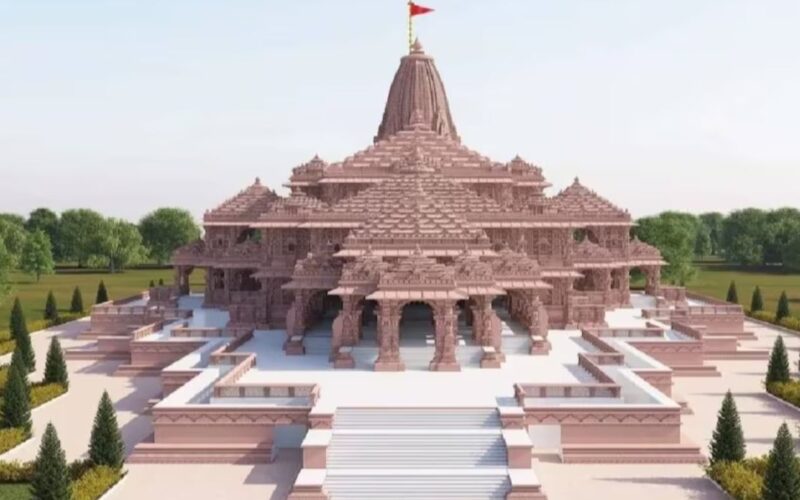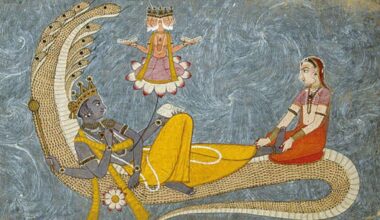In the sacred city of Ayodhya, where mythology intertwines with history, the construction of the Ram Temple at the revered Ram Janmabhoomi site stands as a monumental testament to faith, culture, and a long-awaited realization. Let’s explore 10 insights that illuminate the significance and journey of the Ram Temple in Ayodhya.
Historical and Mythological Significance
Ayodhya, believed to be the birthplace of Lord Rama, holds immense historical and mythological significance in Hinduism. The Ram Temple stands on the sacred ground of Ram Janmabhoomi, believed to be the exact spot where Lord Rama was born.
Long-Awaited Temple Construction
The construction of the Ram Temple has been a matter of deep cultural and religious significance for Hindus. The journey to build the temple has been marked by legal battles, debates, and discussions that spanned several decades, culminating in a historic Supreme Court verdict in 2019.
Bhoomi Pujan Ceremony
The groundbreaking ceremony, known as Bhoomi Pujan, took place on August 5, 2020, and marked the formal beginning of the construction of the Ram Temple. The ceremony was attended by religious leaders, political figures, and devotees, symbolizing a collective endeavor to fulfill a cherished dream.
Architectural Marvel
The design of the Ram Temple blends traditional and modern architectural elements. The temple, inspired by the Nagara style of architecture, features intricate carvings, majestic spires, and symbolic motifs that pay homage to the rich cultural heritage of India.
Symbolism in Temple Architecture
The temple’s architecture is laden with symbolism. The three-level structure symbolizes the trinity of Brahma, Vishnu, and Shiva. The sanctum sanctorum houses the deity, Lord Rama, and is flanked by idols of Sita, Lakshmana, and Hanuman.
Cultural Heritage
The Ram Temple is not just a religious edifice; it represents a celebration of India’s cultural heritage. The construction of the temple is seen as a unifying force that resonates with the values and beliefs of millions of Hindus, fostering a sense of cultural identity.
Unity in Diversity
The Ram Temple construction has brought people from diverse backgrounds together. The project has witnessed contributions from people across regions, backgrounds, and communities, emphasizing a spirit of unity that transcends religious and cultural boundaries.
Global Attention
The construction of the Ram Temple has garnered global attention. The historic moment has been covered by international media, reflecting the significance of the temple not only for India but also as a symbol of religious harmony and freedom of worship.
Religious Harmony
While the Ram Temple holds immense importance for Hindus, its construction has been marked by gestures of religious harmony. Leaders from different faiths have expressed support, emphasizing the need for unity and understanding in a diverse and pluralistic society.
The Role of Lord Rama in Hinduism
Lord Rama, the seventh avatar of Lord Vishnu, is a central figure in Hinduism. His life, teachings, and the epic Ramayana hold profound significance for millions of devotees. The construction of the Ram Temple is a testament to the enduring cultural and spiritual legacy of Lord Rama.
The Ram Temple in Ayodhya stands not just as a physical structure but as a manifestation of faith, history, and the cultural ethos of a nation. The journey to its construction reflects the resilience of belief, the celebration of diversity, and the deep-rooted cultural values that continue to shape the fabric of India. As the temple rises, it echoes the spiritual aspirations of millions and serves as a symbol of unity, cultural pride, and religious harmony.










